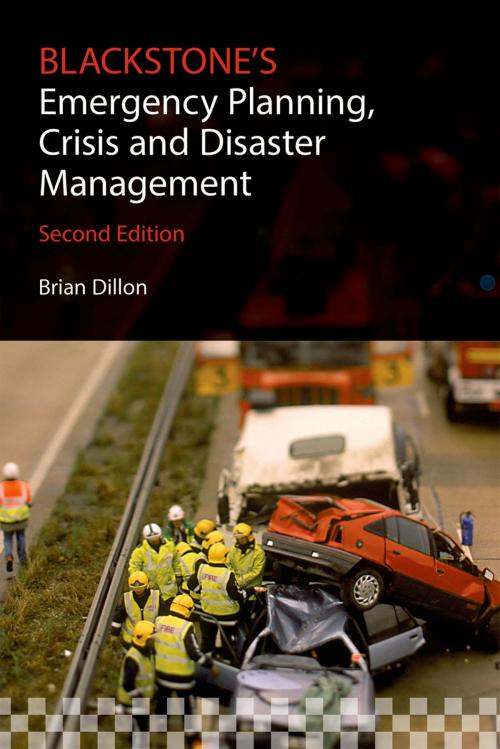Blackstone's Emergency Planning, Crisis and Disaster Management
Nonfiction, Reference & Language, Law, General Practice, Social & Cultural Studies, Social Science| Author: | Brian Dillon, Ian Dickinson, John Williams, Keith Still | ISBN: | 9780191021985 |
| Publisher: | OUP Oxford | Publication: | September 3, 2014 |
| Imprint: | OUP Oxford | Language: | English |
| Author: | Brian Dillon, Ian Dickinson, John Williams, Keith Still |
| ISBN: | 9780191021985 |
| Publisher: | OUP Oxford |
| Publication: | September 3, 2014 |
| Imprint: | OUP Oxford |
| Language: | English |
Blackstone's Emergency Planning, Crisis, and Disaster Management is a practical guide for those involved in all aspects of emergency preparedness, resilience, and response. Primarily focused on the requirements of the Civil Contingencies Act 2004, it has been developed from the highly regarded Emergency Planning Officers' Handbook. The complete toolkit for anyone involved in emergency planning, business continuity, and resilience management, this must-have guide offers a comprehensive, chronological guide to each stage of emergency planning, from creating a plan or exercise through to setting up a control room and debriefing for future improvement and development. There is also full coverage of how the emergency response is managed by each of the main agencies involved, helping you to gain a greater understanding of what to expect from each agency and the individuals participating, so they can be better integrated into an exercise or plan. Overviews at the start of each chapter, key point and top tip boxes, as well as tasks and flowcharts provide you with the complete reference, whether you are beginning your emergency planning or simply need to refresh your memory as you initiate an exercise.
Blackstone's Emergency Planning, Crisis, and Disaster Management is a practical guide for those involved in all aspects of emergency preparedness, resilience, and response. Primarily focused on the requirements of the Civil Contingencies Act 2004, it has been developed from the highly regarded Emergency Planning Officers' Handbook. The complete toolkit for anyone involved in emergency planning, business continuity, and resilience management, this must-have guide offers a comprehensive, chronological guide to each stage of emergency planning, from creating a plan or exercise through to setting up a control room and debriefing for future improvement and development. There is also full coverage of how the emergency response is managed by each of the main agencies involved, helping you to gain a greater understanding of what to expect from each agency and the individuals participating, so they can be better integrated into an exercise or plan. Overviews at the start of each chapter, key point and top tip boxes, as well as tasks and flowcharts provide you with the complete reference, whether you are beginning your emergency planning or simply need to refresh your memory as you initiate an exercise.















